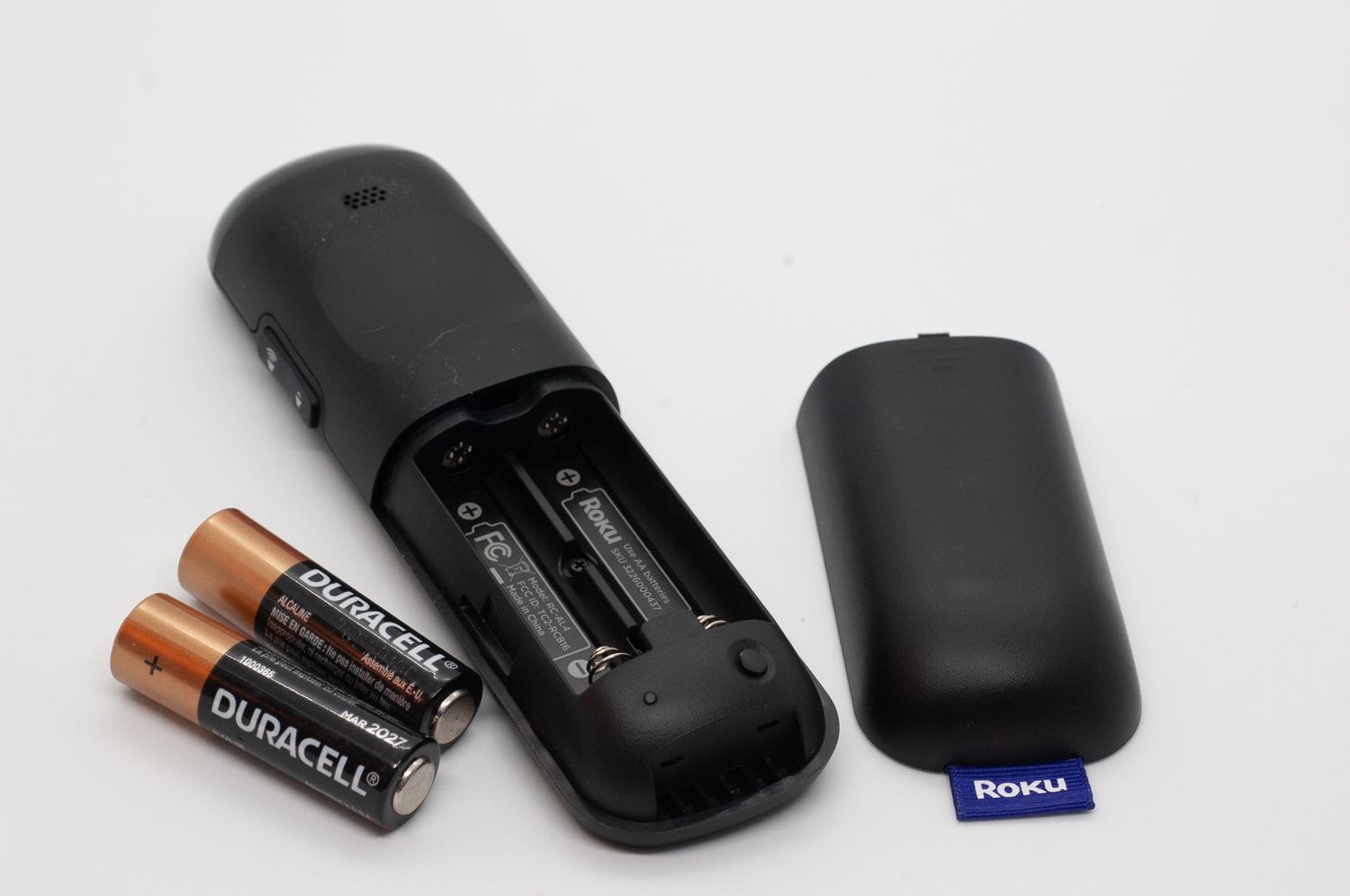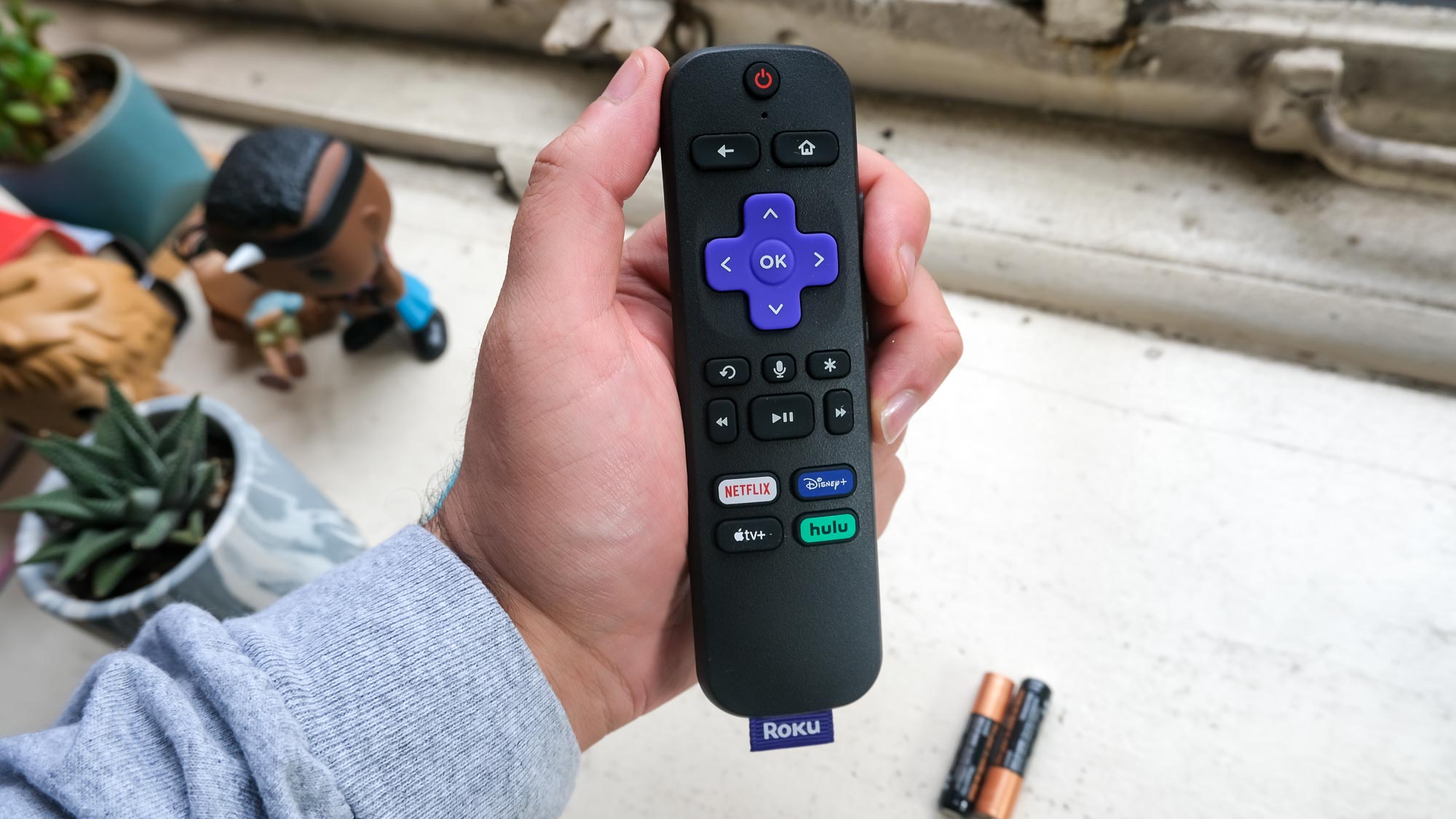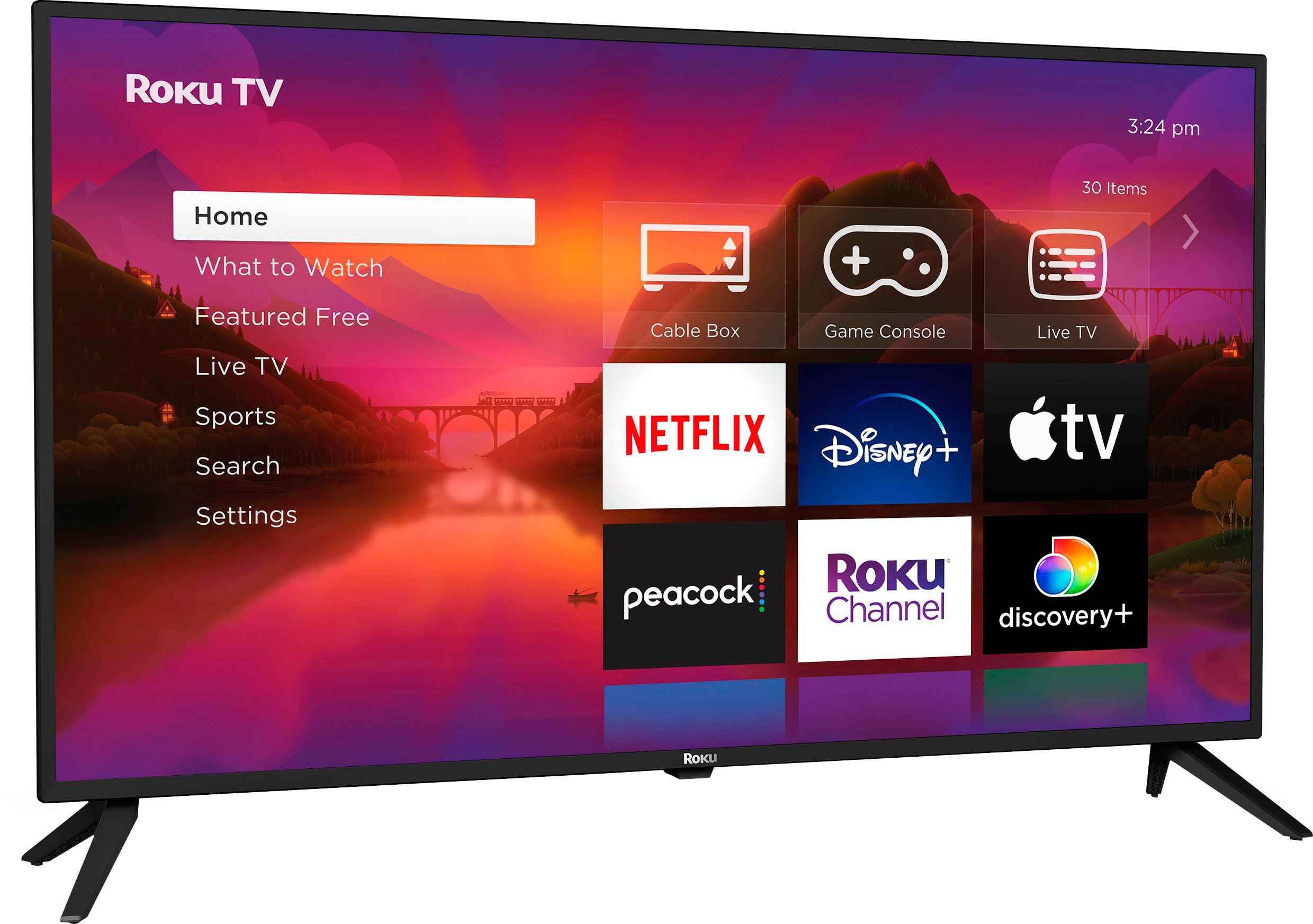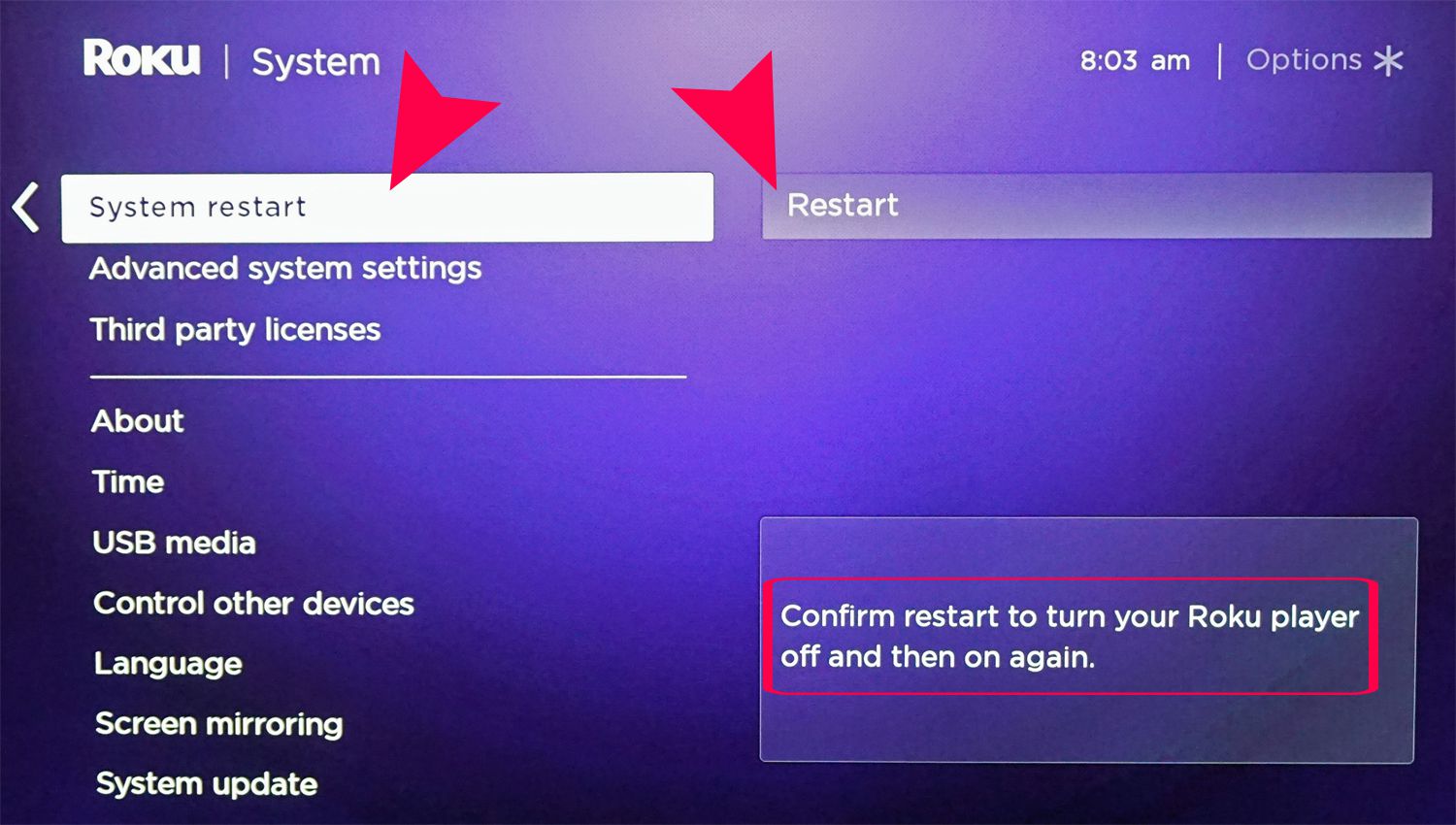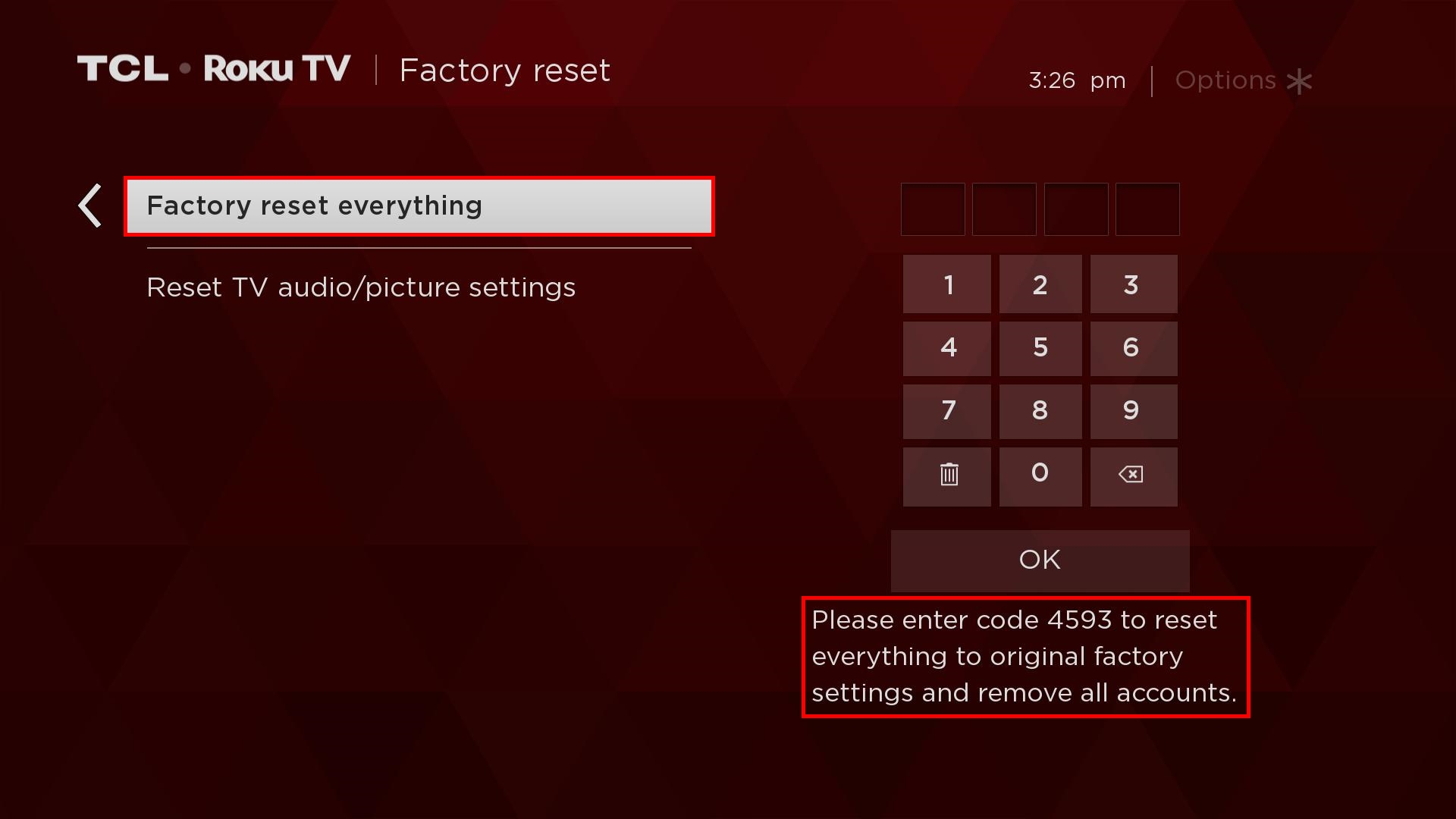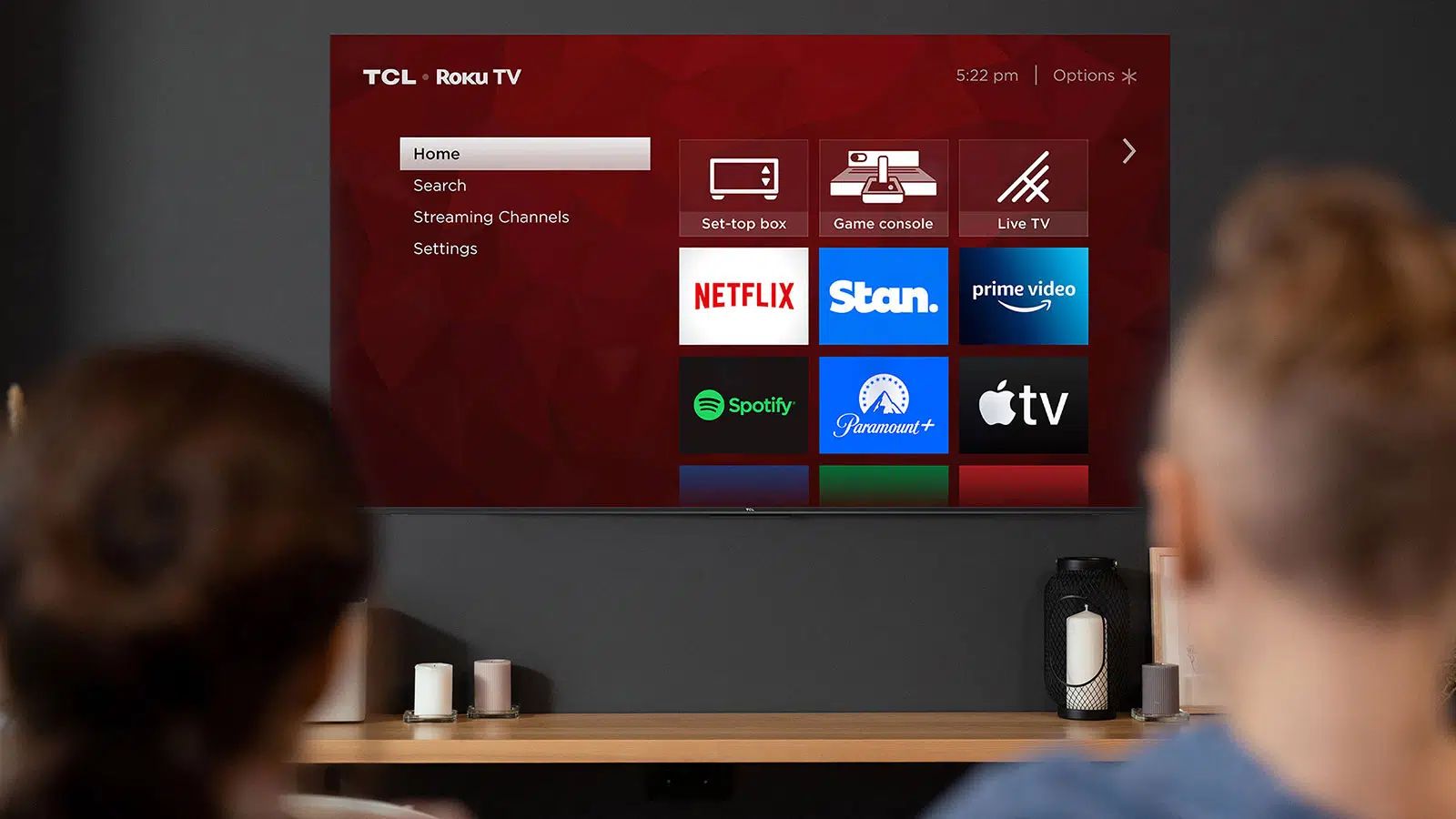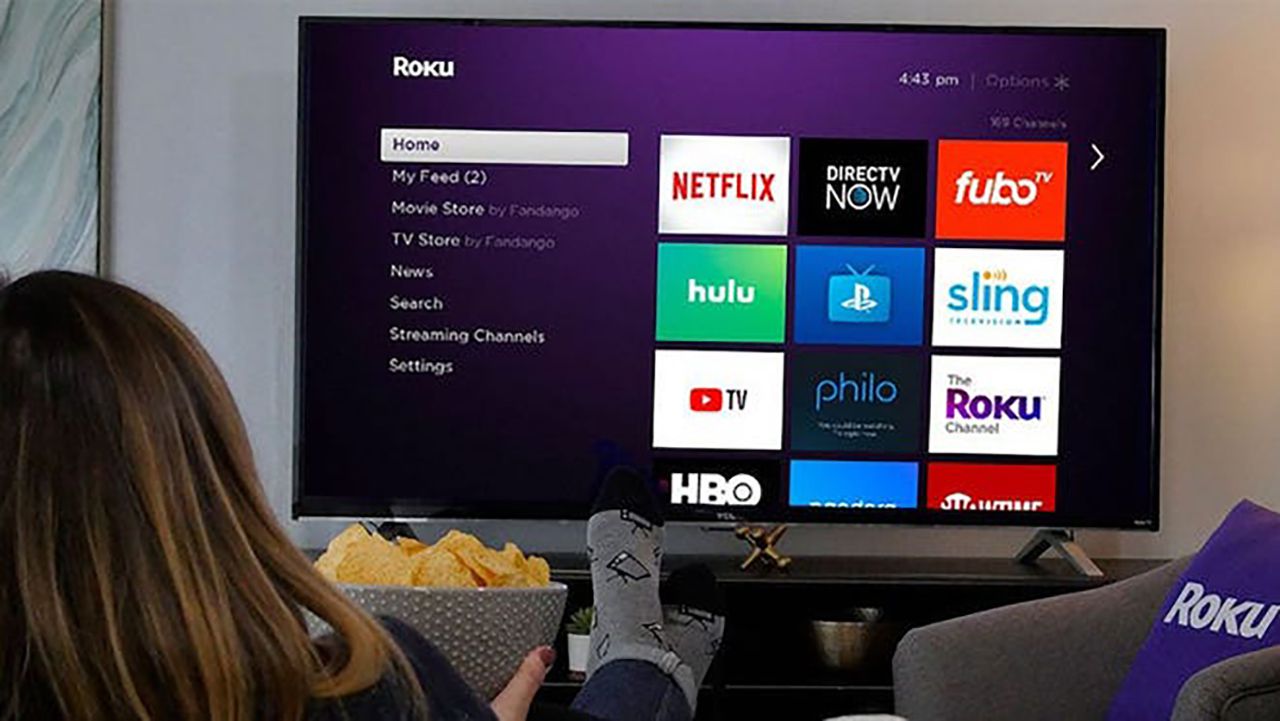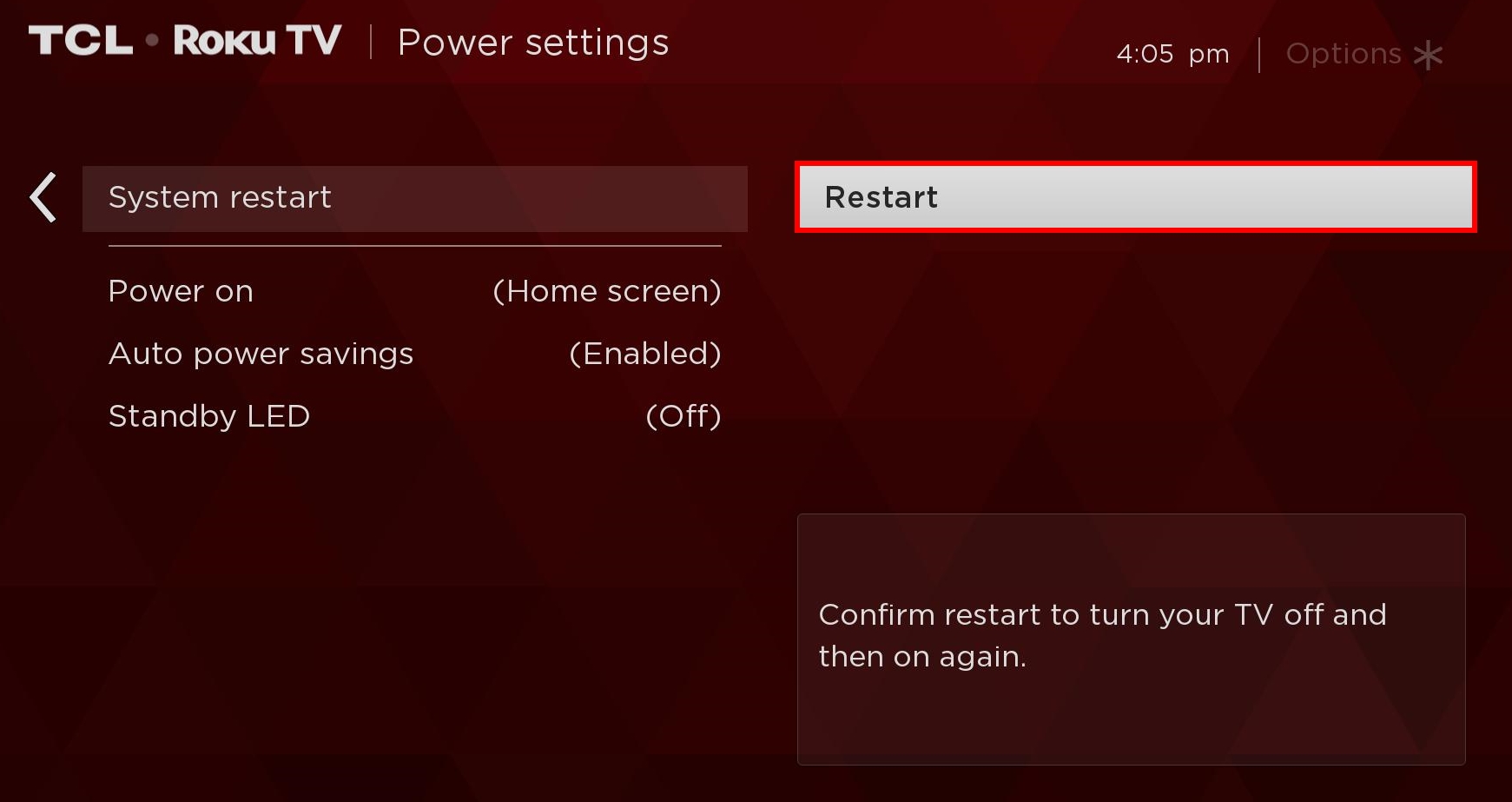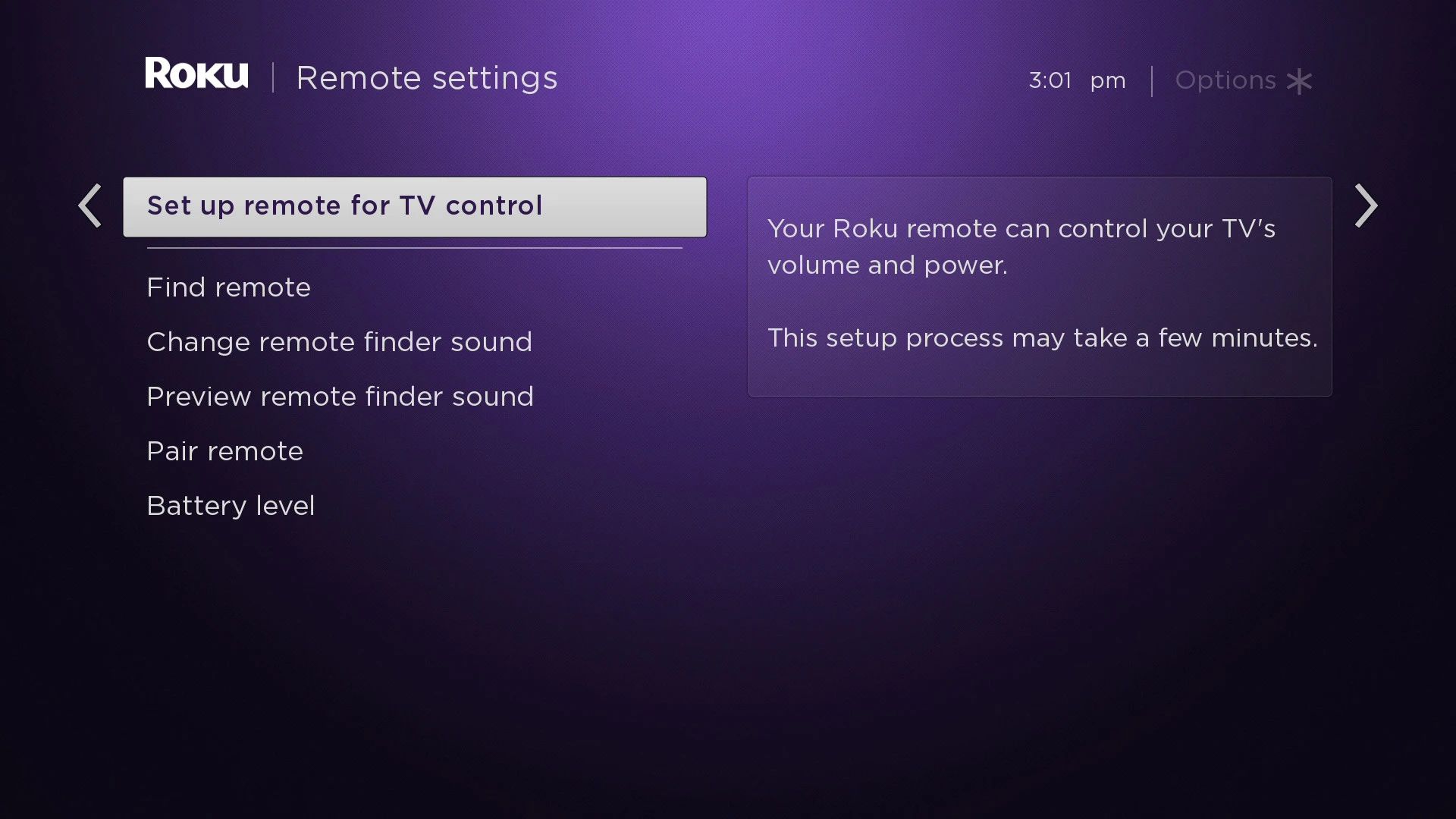Introduction
Welcome to the world of Roku, the popular streaming device that brings entertainment right to your fingertips. Whether you’re binge-watching your favorite TV shows, enjoying movies, or exploring a vast array of streaming channels, the Roku remote is your trusty companion. But what happens when your remote stops responding or starts acting up?
In this article, we will delve into the ins and outs of resetting a Roku remote. We’ll cover different troubleshooting methods to resolve common issues and get your remote back on track. So, if you’ve ever found yourself wondering how to reset a Roku remote, you’ve come to the right place.
Before we get started, it’s important to understand the different types of Roku remotes available. Roku offers several remote models, including the standard infrared (IR) remotes and the enhanced “point-anywhere” remotes. The troubleshooting methods discussed in this article are applicable to various Roku remote models, so you can follow along regardless of the type you own.
Now, let’s dive into the world of Roku remotes and discover how to resolve any issues you might face along the way.
Understanding the Roku Remote
Before we delve into the troubleshooting methods, let’s take a moment to understand how the Roku remote works. The Roku remote is a compact and user-friendly device that allows you to navigate through the Roku interface and control your streaming experience.
Most Roku remotes feature a directional pad, playback buttons (such as play, pause, rewind, and fast forward), and dedicated buttons for popular streaming services like Netflix and Hulu. Some remotes also come with a built-in microphone for voice control and a headphone jack for private listening.
It’s important to note that Roku remotes communicate with the Roku device either through infrared (IR) signals or radio frequency (RF) signals. IR remotes require a direct line of sight to the Roku device, while RF remotes can work from anywhere within range.
Additionally, the enhanced “point-anywhere” remotes use RF technology, allowing you to control your Roku device without needing to point the remote directly at it. This feature offers greater convenience and flexibility, especially if your Roku device is hidden behind your TV or tucked away in a cabinet.
Understanding the different functionalities and capabilities of the Roku remote will help you troubleshoot any issues more effectively. Now let’s move on to the next section to explore common issues you might encounter with your Roku remote and how to fix them.
Troubleshooting Common Issues
Even the most reliable devices can sometimes encounter issues, and Roku remotes are no exception. If you’re experiencing difficulties with your Roku remote, don’t worry – many common problems have simple solutions that you can try before resorting to more complex troubleshooting methods.
One of the most common issues is when the remote stops responding or becomes unresponsive intermittently. This could be due to several factors, such as low battery power, signal interference, or a misaligned remote. Sometimes, a simple restart of your Roku device can solve these issues.
Another issue that Roku users may encounter is when the remote buttons become unresponsive or start sticking. This can be frustrating, but it’s usually caused by dirt, dust, or debris that has accumulated on the buttons. Cleaning the remote with a soft cloth or compressed air can often resolve this problem.
Occasionally, the remote may not pair properly with the Roku device, preventing it from working altogether. This could be due to a variety of reasons, such as a weak Wi-Fi connection or interference. In such cases, re-pairing the remote with the Roku device can usually solve the problem.
If you’ve tried the basic troubleshooting steps but are still experiencing issues, don’t worry – we have more advanced methods to help you reset your Roku remote. In the following section, we’ll dive into different methods you can use to reset your Roku remote and restore its functionality.
Resetting the Roku Remote
Resetting your Roku remote can often resolve various issues and restore its functionality. There are several methods you can try depending on the specific problem you’re facing. Let’s explore these methods step-by-step:
Method 1: Re-pairing the Remote
If your Roku remote is not responding or fails to pair with the Roku device, re-pairing the remote is often an effective solution. Here’s how:
- Go to the Roku Home screen using the working buttons on your Roku remote.
- From the Home screen, navigate to “Settings” using the directional pad.
- Select “Remote & devices” and then choose “Remote.”
- Select “Pair a new remote” and follow the on-screen instructions to pair your remote with the Roku device.
Method 2: Performing a Factory Reset
Performing a factory reset on your Roku remote can be helpful if all else fails. Keep in mind that this will remove any customized settings and restore the remote to its default state. Here’s how to do it:
- Locate the reset button on your Roku remote. It is usually located near the batteries.
- Press and hold the reset button for about 10 seconds or until the LED light on the remote starts flashing.
- Once the LED light starts flashing, release the reset button. The remote will go through a rebooting process and should be reset.
- Once the reset is complete, follow the on-screen instructions to re-pair the remote with your Roku device.
Method 3: Removing and Reinserting the Batteries
Issues like unresponsive buttons or erratic behavior can sometimes be resolved by simply removing and reinserting the batteries of your Roku remote. Follow these steps:
- Remove the back cover of your Roku remote.
- Take out the batteries and wait for about 10 seconds.
- Reinsert the batteries, making sure they are properly aligned.
- Replace the back cover of the remote and ensure it is securely in place.
Method 4: Using the Roku Mobile App
If you have the Roku mobile app installed on your smartphone, you can use it as a replacement remote. This can be especially useful if you’re unable to use the physical remote. Simply download the app, connect it to the same Wi-Fi network as your Roku device, and use it to control your Roku streaming experience.
By trying these methods, you should be able to reset your Roku remote and resolve any issues you may be experiencing. However, if none of these methods work, it’s recommended to contact Roku customer support for further assistance. Now let’s explore some additional tips and tricks to enhance your Roku remote experience.
Method 1: Re-pairing the Remote
If your Roku remote is not responding or fails to pair with the Roku device, re-pairing the remote is often an effective solution. Here’s how you can do it:
- Go to the Roku Home screen using the working buttons on your Roku remote.
- From the Home screen, navigate to “Settings” using the directional pad.
- Select “Remote & devices” and then choose “Remote.”
- Select “Pair a new remote” and follow the on-screen instructions to pair your remote with the Roku device.
Re-pairing the remote helps establish a new connection between your remote and the Roku device. This process can resolve any issues related to connectivity or pairing. By following these steps, you can ensure that your Roku remote is properly synced with the Roku device and ready to use.
Keep in mind that re-pairing the remote may require you to follow specific instructions and enter a pairing code displayed on your TV screen. Make sure to carefully read and follow the on-screen instructions during the re-pairing process.
Additionally, if your remote has a button named “Pairing” or “Reset,” you may need to press and hold it for a few seconds during the re-pairing process. This helps initiate the pairing mode on the remote and allows it to connect to the Roku device more effectively.
If successfully re-pairing the remote does not resolve the issue you’re experiencing, it may be worth trying other troubleshooting methods or contacting Roku customer support for further assistance.
Now that we’ve covered the first method of re-pairing the remote, let’s move on to explore the next method, which involves performing a factory reset on the Roku remote.
Method 2: Performing a Factory Reset
If re-pairing the remote doesn’t solve the issue and you’re still facing problems with your Roku remote, performing a factory reset can often help. Keep in mind that this method will erase any customized settings on the remote and restore it to its default state. Here’s how you can perform a factory reset on your Roku remote:
- Locate the reset button on your Roku remote. It is typically found on the back or bottom of the remote, near the batteries.
- Using a small, pointed object (such as a paperclip or a pin), press and hold the reset button for about 10 seconds or until the LED light on the remote starts flashing.
- Once the LED light starts flashing, release the reset button. The remote will go through a rebooting process, and the LED light will eventually stop flashing.
- Once the reset is complete, follow the on-screen instructions on your TV to re-pair the remote with your Roku device.
Performing a factory reset helps resolve issues related to remote settings, firmware glitches, or configuration errors. It brings the remote back to its default state, which can often solve minor software-related problems.
After the factory reset, you’ll need to re-pair the remote with your Roku device. Follow the on-screen instructions displayed on your TV to complete the pairing process. Depending on your Roku model, you may be required to enter a pairing code to establish the connection between the remote and the device.
It’s important to note that performing a factory reset should be considered a last resort, as it wipes out any personalized settings, including custom button assignments, the language preference, and other configurations you may have set on the remote.
If the factory reset doesn’t resolve the issue, there are still a few more methods to try. In the next section, we’ll discuss the process of removing and reinserting the batteries as a troubleshooting step for unresponsive Roku remotes.
Method 3: Removing and Reinserting the Batteries
If your Roku remote is experiencing issues like unresponsive buttons or erratic behavior, a simple solution you can try is removing and reinserting the batteries. This method can often resolve connectivity issues or minor glitches. Here’s how you can do it:
- First, locate the back cover of your Roku remote.
- Gently remove the back cover to reveal the batteries.
- Take out the batteries from the remote and set them aside.
- Wait for about 10 seconds to allow any residual power to dissipate.
- Reinsert the batteries, ensuring they are properly aligned with the correct polarity.
- Replace the back cover of the remote, ensuring it is securely in place.
Removing and reinserting the batteries helps reset the remote and establish a fresh connection between the remote and the Roku device. It can also help resolve issues caused by a temporary power surge or a glitch in the battery connection.
After reinserting the batteries, test the remote to see if the issues have been resolved. Check if the buttons respond properly and if the remote is functioning as expected. In some cases, this simple step can make all the difference.
If removing and reinserting the batteries doesn’t fix the problem, don’t worry. We still have one more method to explore. In the next section, we’ll discuss how you can utilize the Roku mobile app as an alternative remote control.
Method 4: Using the Roku Mobile App
If you’re unable to use your Roku remote or simply want an alternative control option, the Roku mobile app can come to the rescue. Available for both iOS and Android devices, the Roku mobile app allows you to transform your smartphone or tablet into a virtual remote control. Here’s how you can use the Roku mobile app:
- Download the Roku mobile app from the App Store (iOS) or Google Play Store (Android).
- Make sure your smartphone or tablet is connected to the same Wi-Fi network as your Roku device.
- Launch the Roku mobile app and follow the on-screen instructions to connect it to your Roku device.
- Once connected, you can use the app to navigate the Roku interface, control playback, and access additional features.
The Roku mobile app offers a variety of advantages over a physical remote. It provides a touch-screen interface, making it easy to navigate through menus and channels. The app also offers a virtual keyboard for effortless text input, saving you the hassle of entering text character by character using the physical remote.
In addition to basic remote functions, the app includes other useful features. For example, you can use the app to listen privately by plugging in headphones into your smartphone or tablet. This can be handy when you don’t want to disturb others around you.
Furthermore, the Roku mobile app offers voice search capabilities. Simply speak your desired search terms into your device’s microphone, and the app will provide relevant results on your TV screen. This feature simplifies the search process and enhances the overall user experience.
Using the Roku mobile app as an alternative remote control provides flexibility and convenience, especially when your physical remote is unavailable or not functioning correctly. Give it a try and enjoy the added features and ease of navigation it offers.
Now that we have covered all four methods for resetting the Roku remote, we can move on to a section that will provide additional tips and tricks to enhance your overall Roku remote experience.
Additional Tips and Tricks
Now that you’re familiar with different methods to reset and troubleshoot your Roku remote, let’s explore some additional tips and tricks to enhance your overall Roku remote experience:
1. Keep the Remote Clean
Regularly clean your Roku remote to prevent dirt, dust, or debris from affecting its functionality. Use a soft cloth or compressed air to remove any accumulated particles on the buttons and the surface of the remote.
2. Optimize Wi-Fi Signal Strength
If you’re experiencing connectivity issues with your Roku remote, ensure that your Roku device has a strong Wi-Fi signal. Position the Roku device and router in close proximity and minimize obstructions between them to improve signal strength.
3. Update Your Roku Firmware
Check for software updates for your Roku device as well as the Roku remote. Keeping both the device and remote updated with the latest firmware can help optimize performance and resolve compatibility issues.
4. Utilize Shortcut Buttons
Take advantage of the dedicated shortcut buttons on your Roku remote. Familiarize yourself with the buttons for popular streaming services like Netflix, Hulu, or Amazon Prime Video. These shortcuts allow for quick access to your favorite content.
5. Explore Voice Commands
If your Roku remote supports voice control, make sure to explore the voice command feature. Use it to search for content, launch apps, or control playback with simple voice instructions. This can save time and enhance your streaming experience.
6. Try Different Batteries
If you’re experiencing battery-related issues, such as quick battery drain or inconsistent performance, try using different batteries. Opt for high-quality alkaline or lithium batteries to ensure optimal performance and longer battery life.
7. Contact Roku Customer Support
If none of the troubleshooting methods or tips mentioned in this article are successful in resolving your Roku remote issues, don’t hesitate to reach out to Roku customer support. They have trained professionals who can provide further assistance in troubleshooting and resolving any specific problems you may encounter.
By following these additional tips and tricks, you can optimize your Roku remote usage, enhance the user experience, and ensure seamless streaming enjoyment.
Now that you’re armed with these handy tips and tricks, you’re ready to tackle common Roku remote issues, reset the remote when needed, and take full advantage of the features and functionalities it offers. Enjoy your streaming experience!
Conclusion
The Roku remote is an essential tool for navigating and enjoying the world of streaming entertainment. However, occasional issues can arise that may require you to reset or troubleshoot your remote.
In this article, we explored various methods to reset a Roku remote, including re-pairing the remote, performing a factory reset, removing and reinserting the batteries, and utilizing the Roku mobile app as an alternative control option. These methods can help resolve common problems such as unresponsiveness, pairing issues, or button malfunctions.
Remember to keep your remote clean, optimize your Wi-Fi signal, and stay updated with the latest firmware for both your Roku device and remote. Additionally, taking advantage of shortcut buttons and voice commands can enhance your streaming experience and save time.
If you’ve tried all the troubleshooting steps mentioned in this article and are still unable to resolve the issue, don’t hesitate to reach out to Roku’s customer support for further assistance.
Now that you have a comprehensive understanding of how to reset a Roku remote and troubleshoot common issues, you are well-equipped to overcome any challenges that may arise. With these tips, tricks, and methods, you can ensure uninterrupted streaming enjoyment and make the most out of your Roku device.
So, go ahead, reset that remote when needed, and dive back into your favorite shows and movies on Roku with peace of mind.







